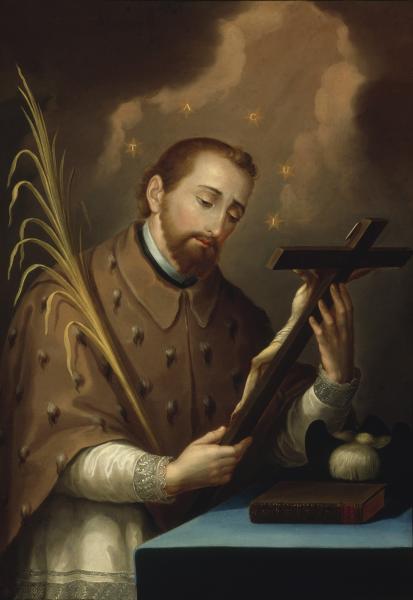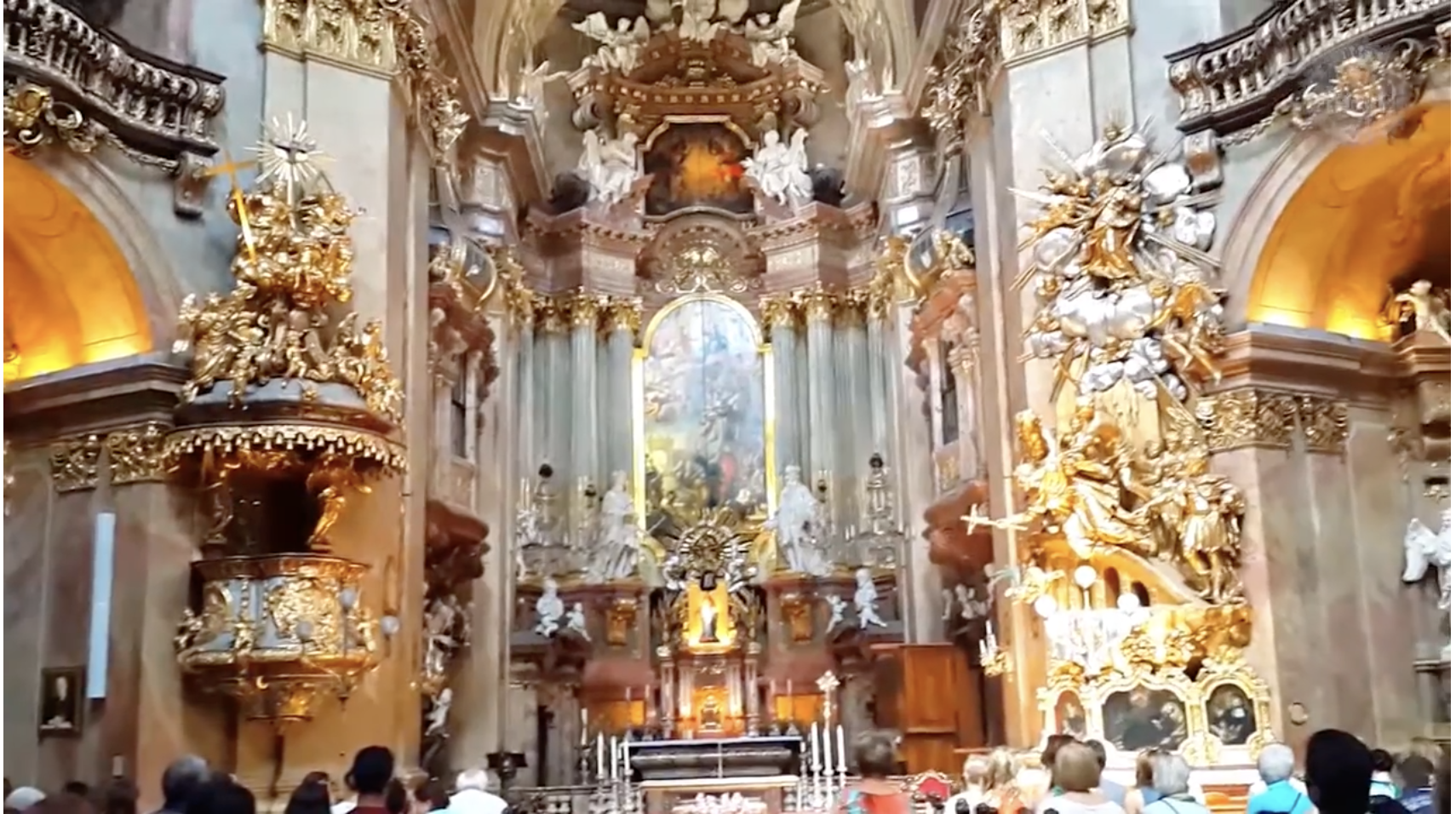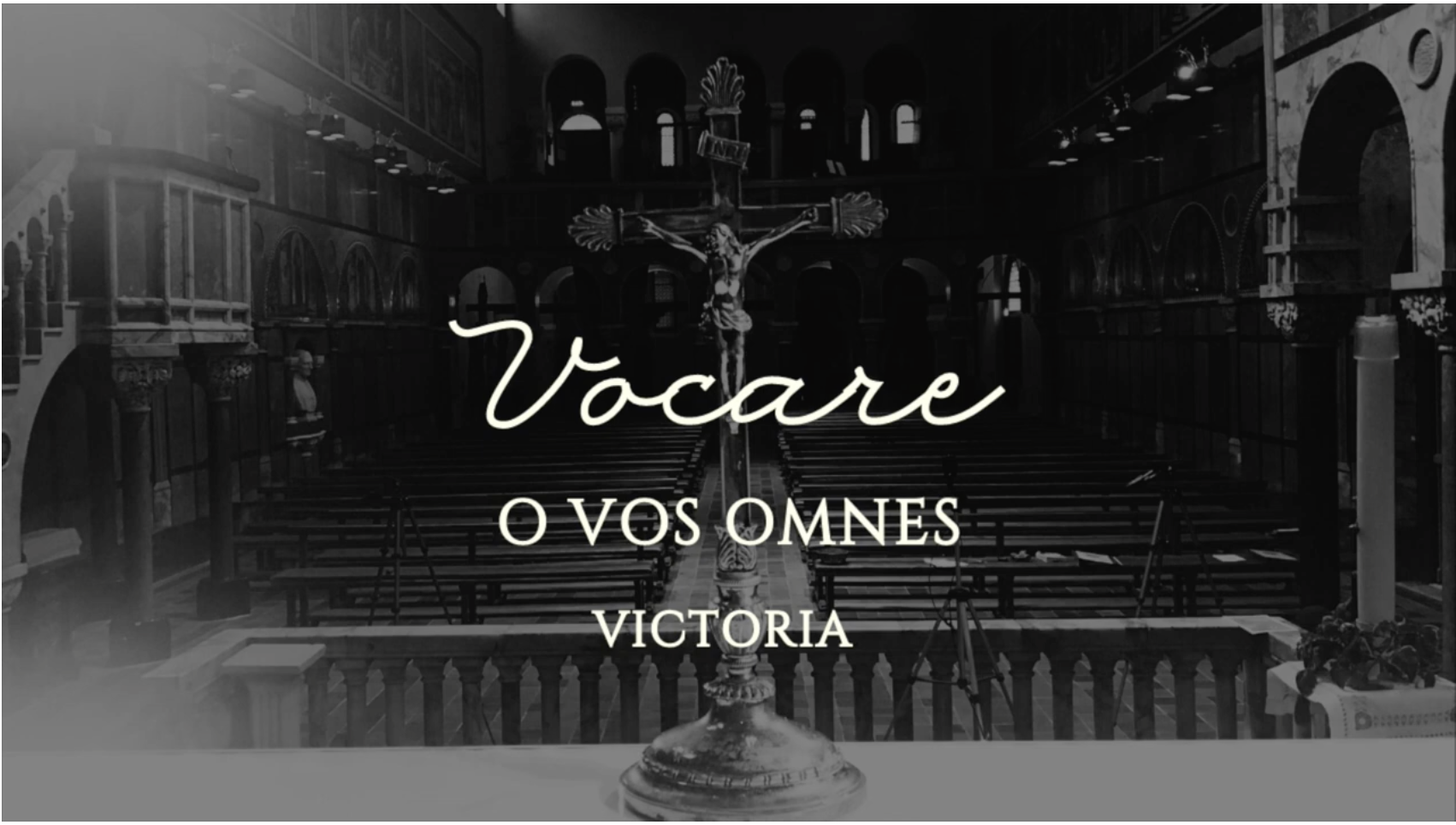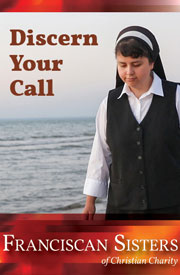False allegations of sexual abuse by clergy are relatively rare, but they do happen. For example, the 2004 John Jay Report included a survey of 10,667 reported allegations of abuse by priests or deacons. Out of these, slightly more than one-half of these allegations (5,681) resulted in investigations by the diocese or religious order, which produced “definitive results.” Of these “definitive results,” only 83 allegations were deemed to be false allegations. That’s about one and a half percent.
This number – 83 allegations deemed to be false – excludes 298 priests and deacons who had been “fully exonerated” by the time the survey was conducted and so weren’t included in the survey.
Furthermore, of the 5,681 allegations resulting in investigations that produced “definitive results,” the definitive result in 1,028 of those cases was that the allegation could not be substantiated. That is, in one fifth (19.6 percent) of the investigated cases, allegations were either disproven conclusively (1.5 percent), or could not be substantiated (18.1 percent).
It’s worth offering a few caveats to such numbers. These statistics, and what follows, are in no way intended to diminish the crimes and sins of priests who have abused, nor to elevate the sufferings of accused priests above those of abuse survivors. And this certainly does not change the fact that the vast majority of abuse allegations turn out to be true, or that child sexual abuse is widely underreported. And this is certainly not to suggest that, simply because an allegation cannot be substantiated, the alleged abuse didn’t happen.
While false accusations are rare, there are hundreds of priests in the United States who have been falsely accused of sexual abuse, and likely thousands of priests who have had allegations against them that are unsubstantiated. Some of these men are dead and gone. Some never even had a chance to answer the allegations against them.
All of the statistics cited above are from a survey of cases arising before the 2002 Dallas Charter. Since the Charter, the process for handling abuse allegations has become more uniform across dioceses. But the criterion for suspending a priest from ministry – for what counts as a “credible” allegation – is uniform only in this regard: it is low. In my home diocese of Arlington, VA, for example, an allegation can be determined to be credible – thus leading to an automatic suspension from ministry of the accused – if the allegation is merely “believable and plausible.” That’s a very low threshold.
Given the relative infrequency of false accusations, and given the Church’s extensive history of underreacting to serious allegations, a low threshold for temporary suspension is probably appropriate. Swift action is applauded when the accused turns out to be guilty. In a case like Theodore McCarrick, with rumors floating about clerical circles for years, many wonder – to put it mildly – why strong action wasn’t taken much sooner than it was. (And after almost two years, where is the Vatican report on all that?)
One of the underappreciated realities of the abuse crisis is that a sizable portion of priests who are accused are neither manifestly guilty nor demonstrably innocent. And this creates a thorny problem for both priests and bishops.
The Dallas Charter – following canon law – is careful about the rights of the accused, including the right to protect one’s reputation:
A priest or deacon who is accused of sexual abuse of a minor is to be accorded the presumption of innocence during the investigation of the allegation and all appropriate steps are to be taken to protect his reputation. He is to be encouraged to retain the assistance of civil and canonical counsel. If the allegation is deemed not substantiated, every step possible is to be taken to restore his good name, should it have been harmed.
Maintaining the presumption of innocence and protecting the reputation of the accused are extremely difficult things, especially when diocese and religious orders are publishing the names of men who have been accused.
In a criminal court, guilt must be shown beyond a reasonable doubt. Today, in the court of public opinion, the presumption of innocence for accused priests is increasingly a dead letter. The burden of proof is on the accused, and unless he can prove his innocence, the taint of the accusation lingers. (This is precisely the argument being made by the defense in the case of Cardinal George Pell, whose final appeal is still pending in Australia: he was convicted, not because his guilt was beyond doubt, but because his innocence was not proven.)
Perhaps the stickiest cases are the truly ambiguous ones. What happens to a priest who, having been “credibly accused,” is acquitted? Or a priest who has been credibly accused, but for one reason or another, can’t be brought to trial? What happens when the bishop has to decide – not relying on the judgment of a court or tribunal – about the fitness of one of his own priests? Does the bishop return him to ministry? Does he keep him in pastoral limbo indefinitely?
What bishop wants to return a “once-credibly accused” priest to ministry with nothing more than the principle “innocent until proven guilty” to justify the decision? The stakes for such decisions are immense: for the bishop, the priest, the diocese, and, potentially, for victims.
These are unpleasant questions to ponder, especially in a time of suspicion and distrust. How we think about these questions has a lot to do with whether or not you know someone who has been abused, or know a priest who has abused, or know a priest who has been falsely accused.
Protocols for handling abuse allegations are important. Legal proceedings and transparency are critical elements of ensuring justice for both abuse survivors and accused priests. But we should not forget that no protocol, or process, can entirely eliminate difficult, consequential decisions. The weightiest of those decisions often fall on our bishops, including the Bishop of Rome. There’s no replacing judgment, wisdom, and prudence.
*Image: St. John Nepomucene by José Campeche y Jordán, c. 1798 [Smithsonian American Art Museum, Washington, DC]















